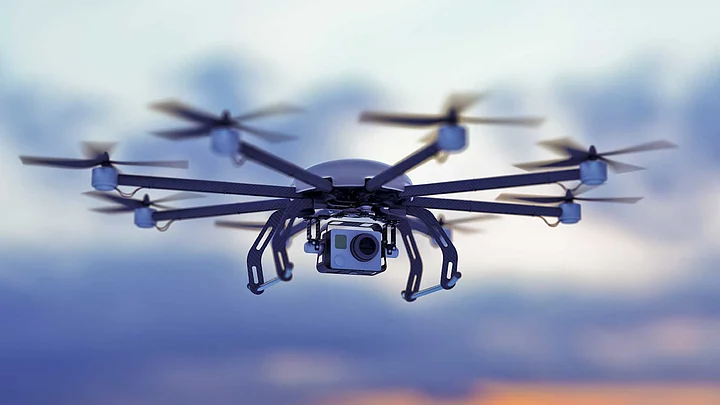Want to fly drones in India? You finally can legally, as the Ministry of Aviation (MoA) has announced the first version of regulations for remotely operated flying objects.
The regulations clearly states that drones or Remotely Piloted Aircraft System (RPAS) in India will be categorised into five categories; nano, micro, small, medium and large. The new regulations come into effect from 1 December onwards, with many changes likely to be made in version 2.0, depending on where drone technology is headed.
The notification also confirms that except for the nano-sized drones (those that weigh below 250 grams and can't fly higher than 15 metres), all others are supposed to be registered via a first of its kind national unmanned traffic management (UTM) platform called Digital Sky. This platform implements a no permission, no take-off policy.
Today, we are announcing Drone Regulations 1.0. These regulations will enable safe commercial usage of drones starting 1 December 2018. These are intended to enable visual line-of-sight, daytime-only and a maximum of 400 ft altitude operations.Ministry of Aviation
Weight Categories of Drones
- Nano (less than or equal to 250 grams),
- Micro (greater than 250 grams and less than or equal to 2 kilograms),
- Mini (greater than 2 kilograms and less than or equal to 25 kilograms),
- Small (greater than 25 kilograms and less than or equal to 150 kilograms), and
- Large (greater than 150 kilograms).
The Ministry also clarified the reasons behind the delay in framing of drone policies in India. The ministry believes that India was forced to postpone its roll out of drone regulations due to issues such as drone technologies evolving rapidly and many countries still figuring out their own drone regulations.
One-time registration of drones, pilot and owner required.
In addition to this, India's security environment demanded extra precautions, as stated by the Ministry.
Division of Airspace for Drones:
- Red Zone - Flying not permitted
- Yellow Zone - Controlled airspace
- Green Zone - Automatic permission
All RPAS except nano and those owned by National Technical Research Organisation (NTRO), Aviation Research Organisation (ARO) and Central Intelligence Agencies need to be registered and issued with a Unique Identification Number (UIN).
Unmanned Aircraft Operator Permit (UAOP) is required for RPA operators except for nano RPAS operating below 50 feet, micro RPAS below 200 feet and those belonging to NTRO, ARC and Central Intelligence Agency
There’s a lot of information that is yet unclear. With many operators planning commercial operations of drones for door step delivery and for professional photography purposes, these regulations are a bit of a set back in their current form. The regulations also don't bring clarity on what kind of drones can be legally imported and used. Expect some more clarity on this soon.
Watch this space.
(At The Quint, we question everything. Play an active role in shaping our journalism by becoming a member today.)
